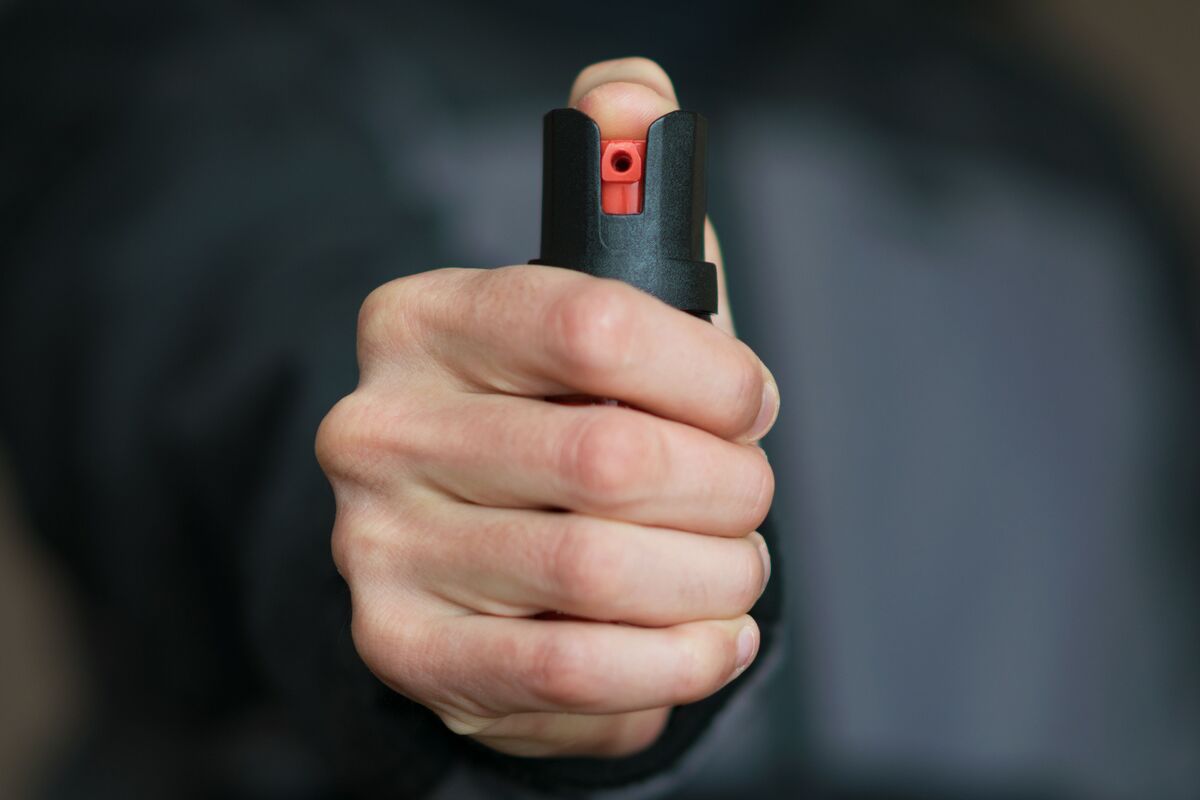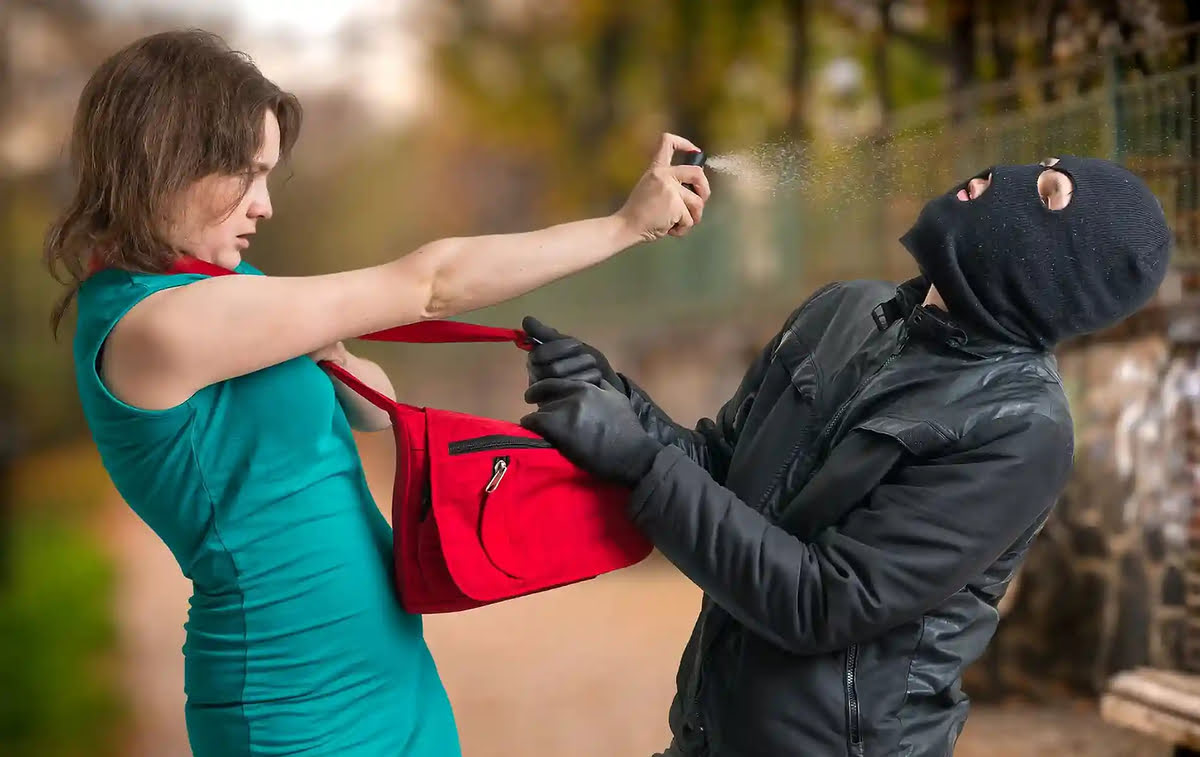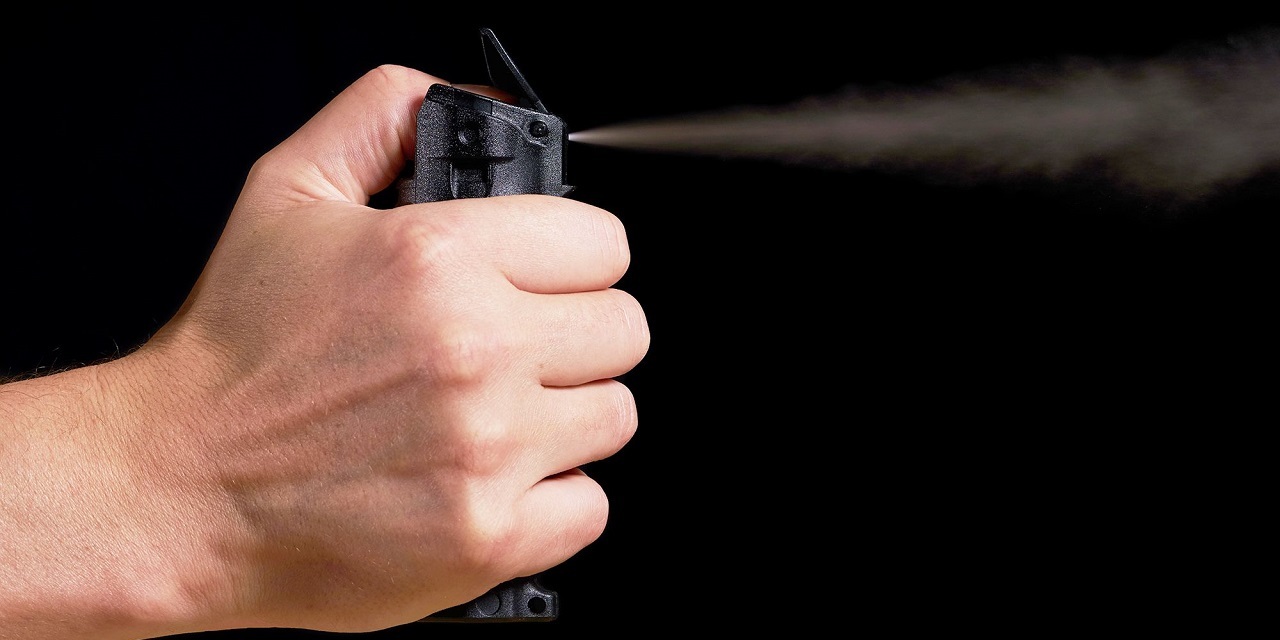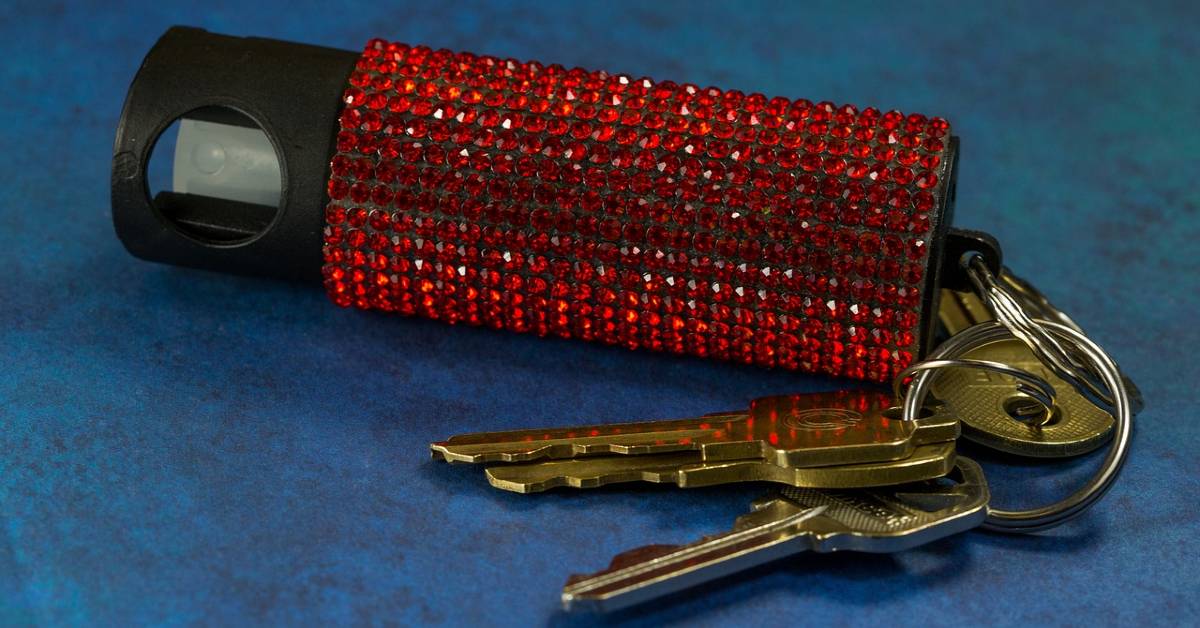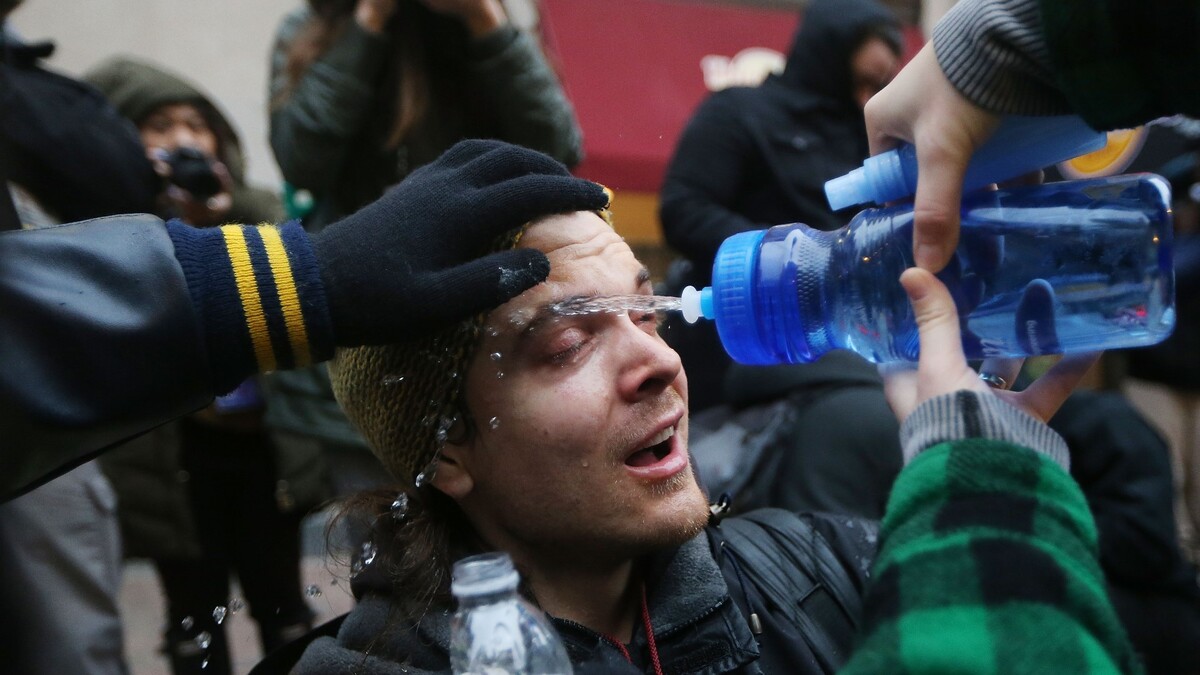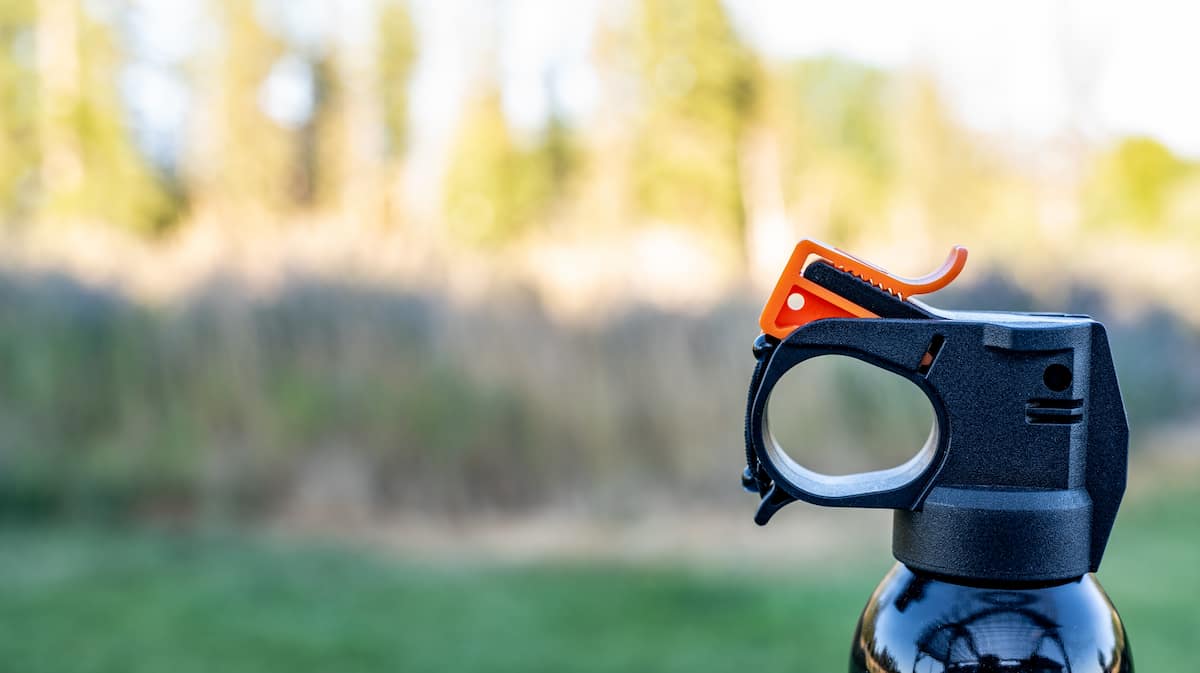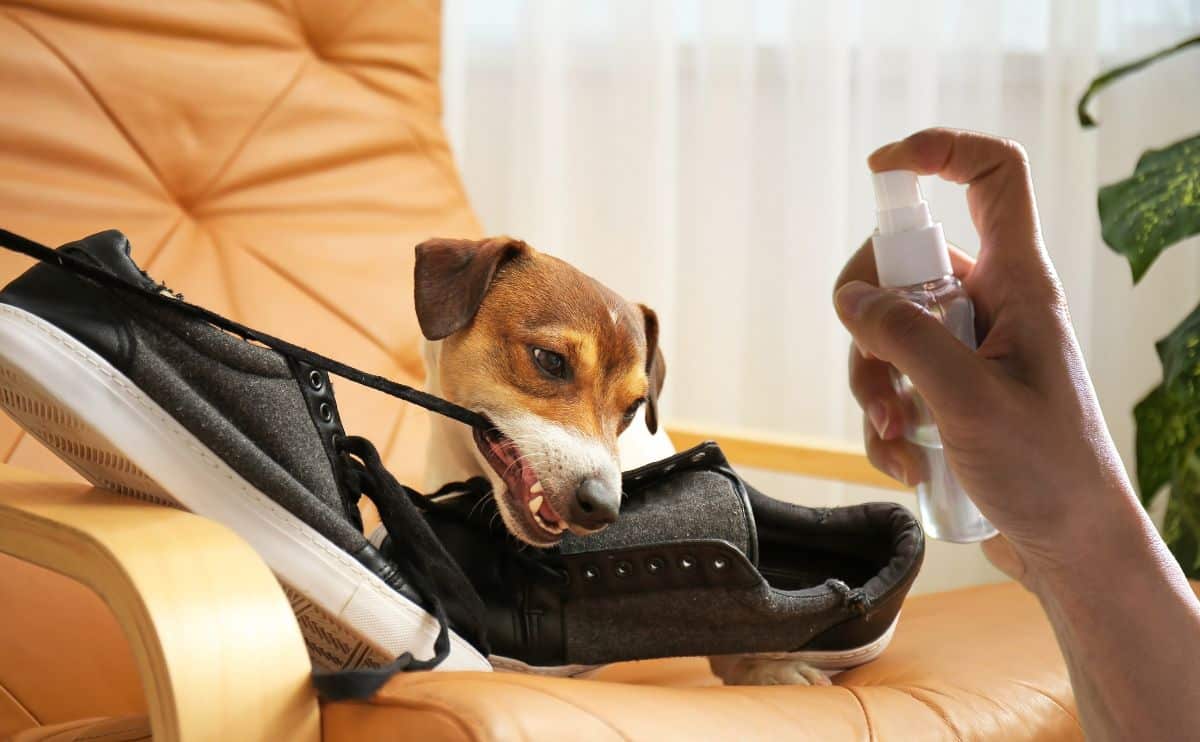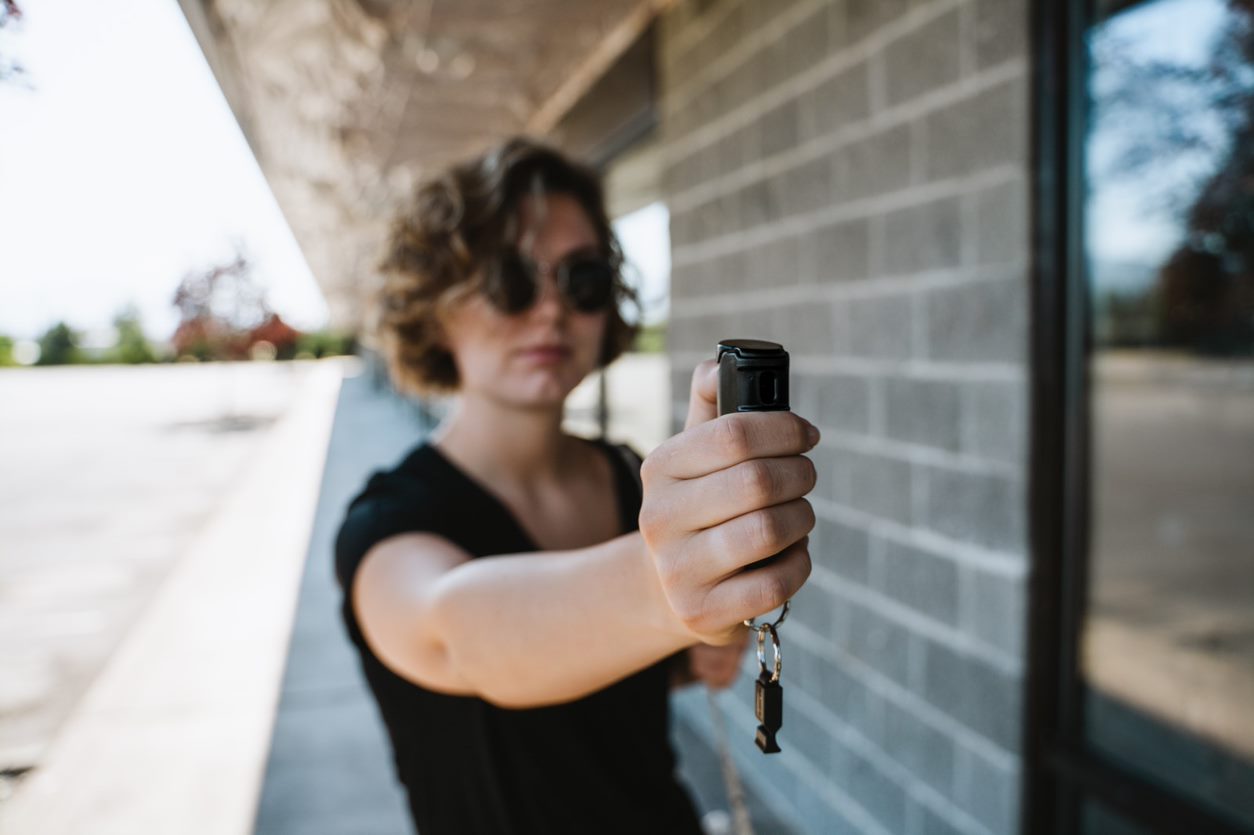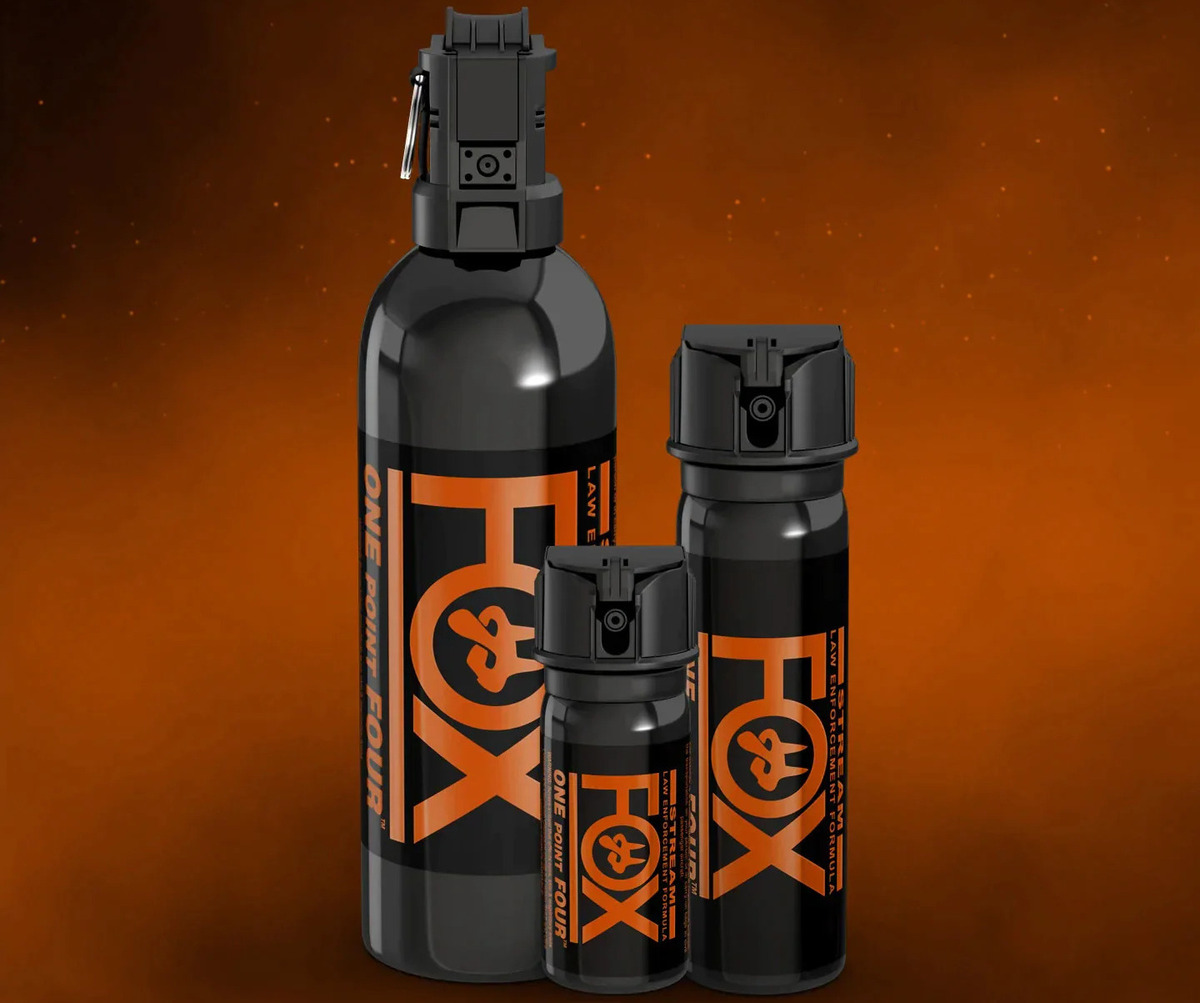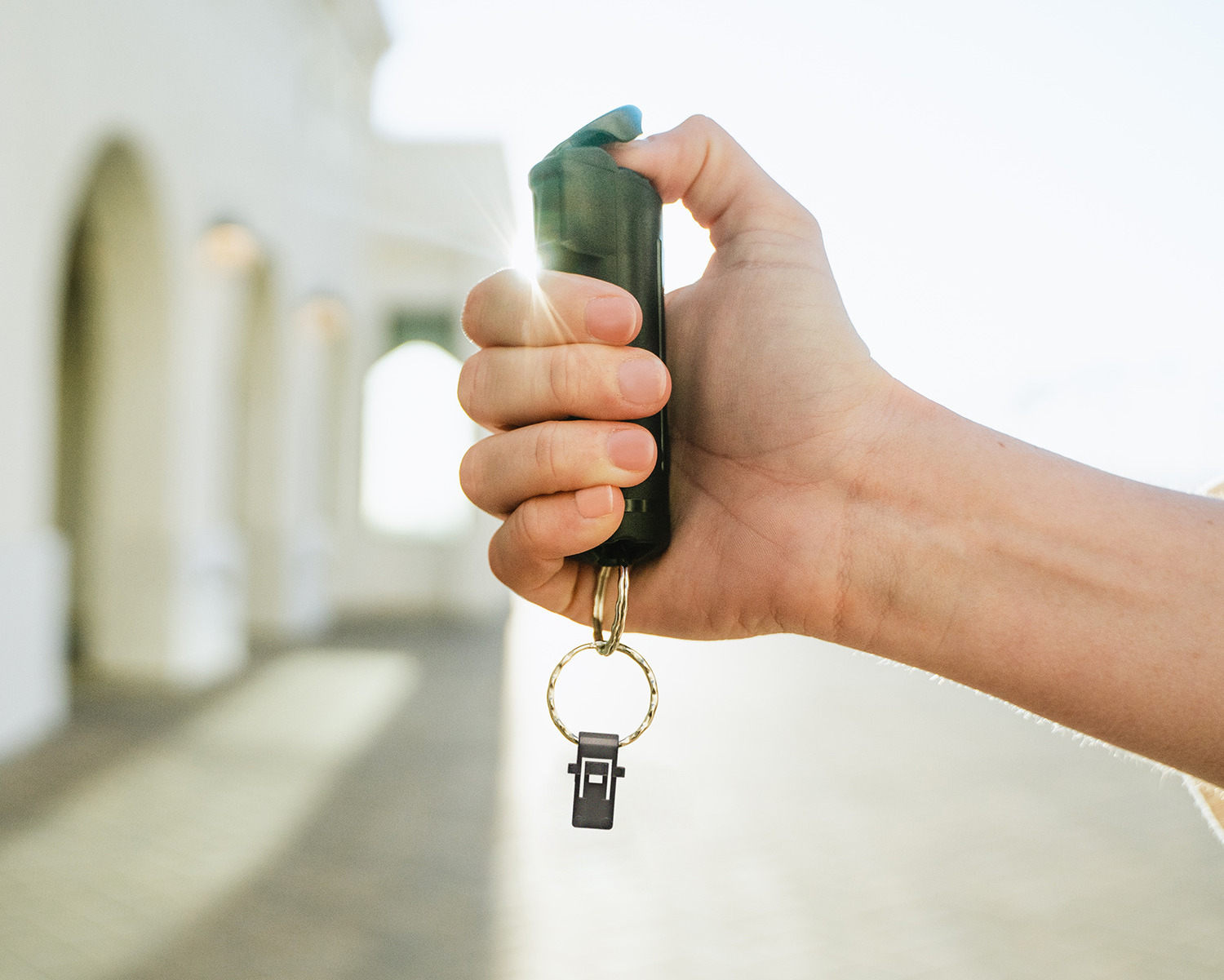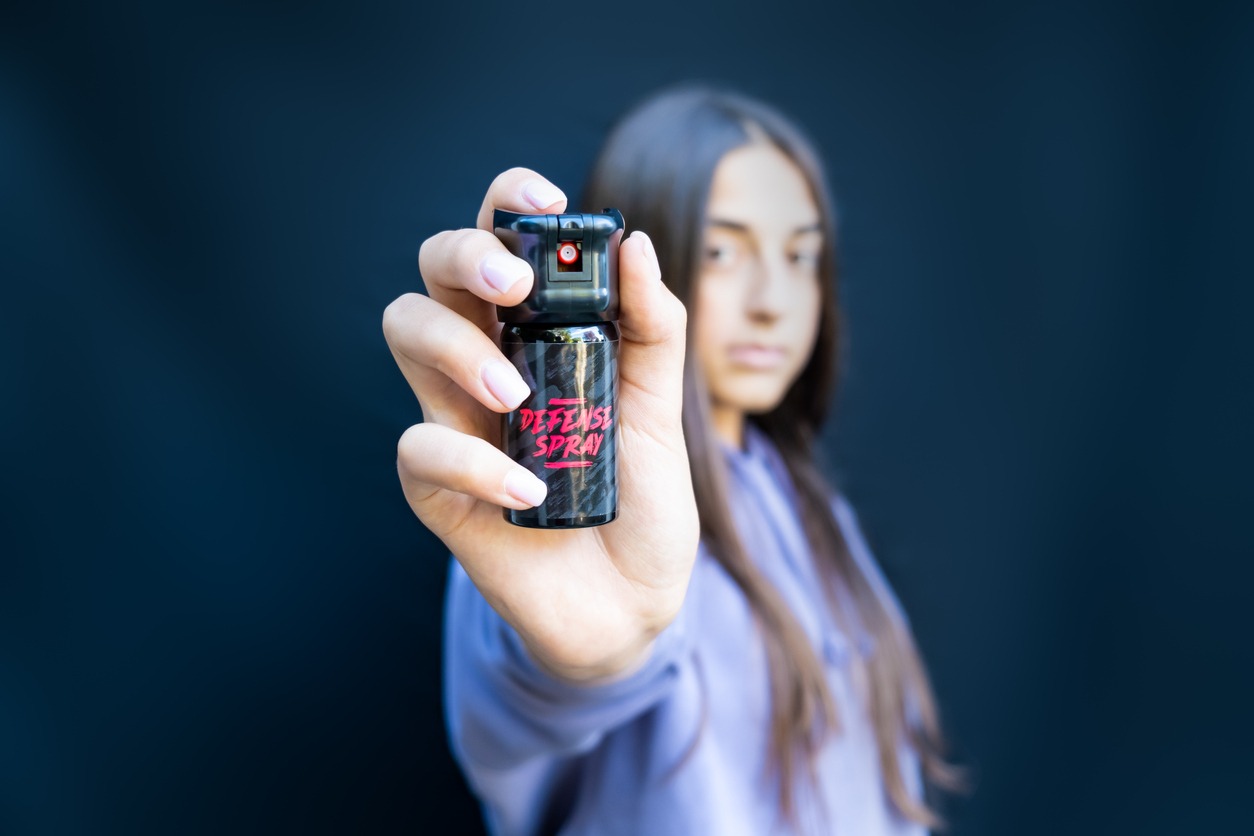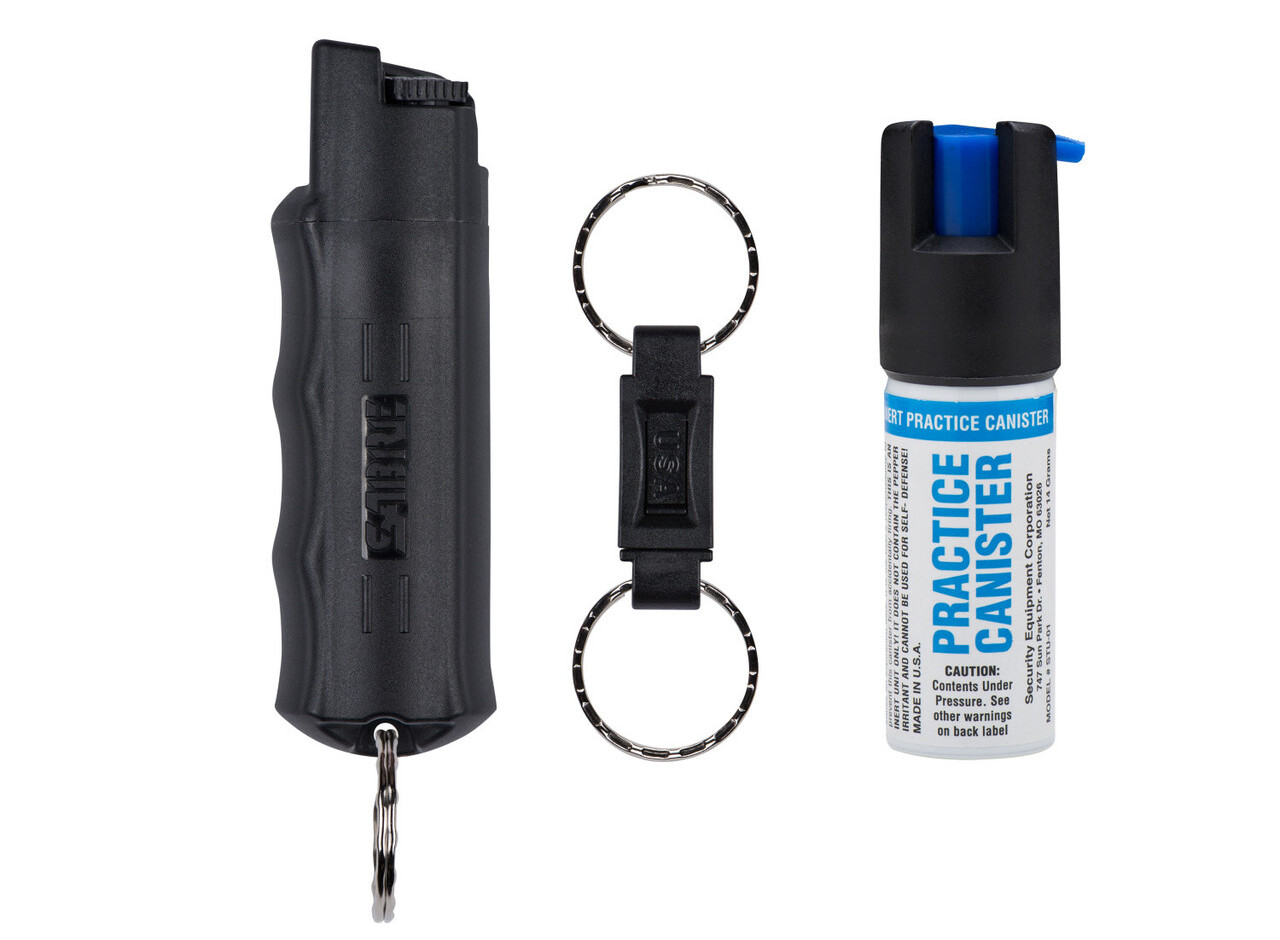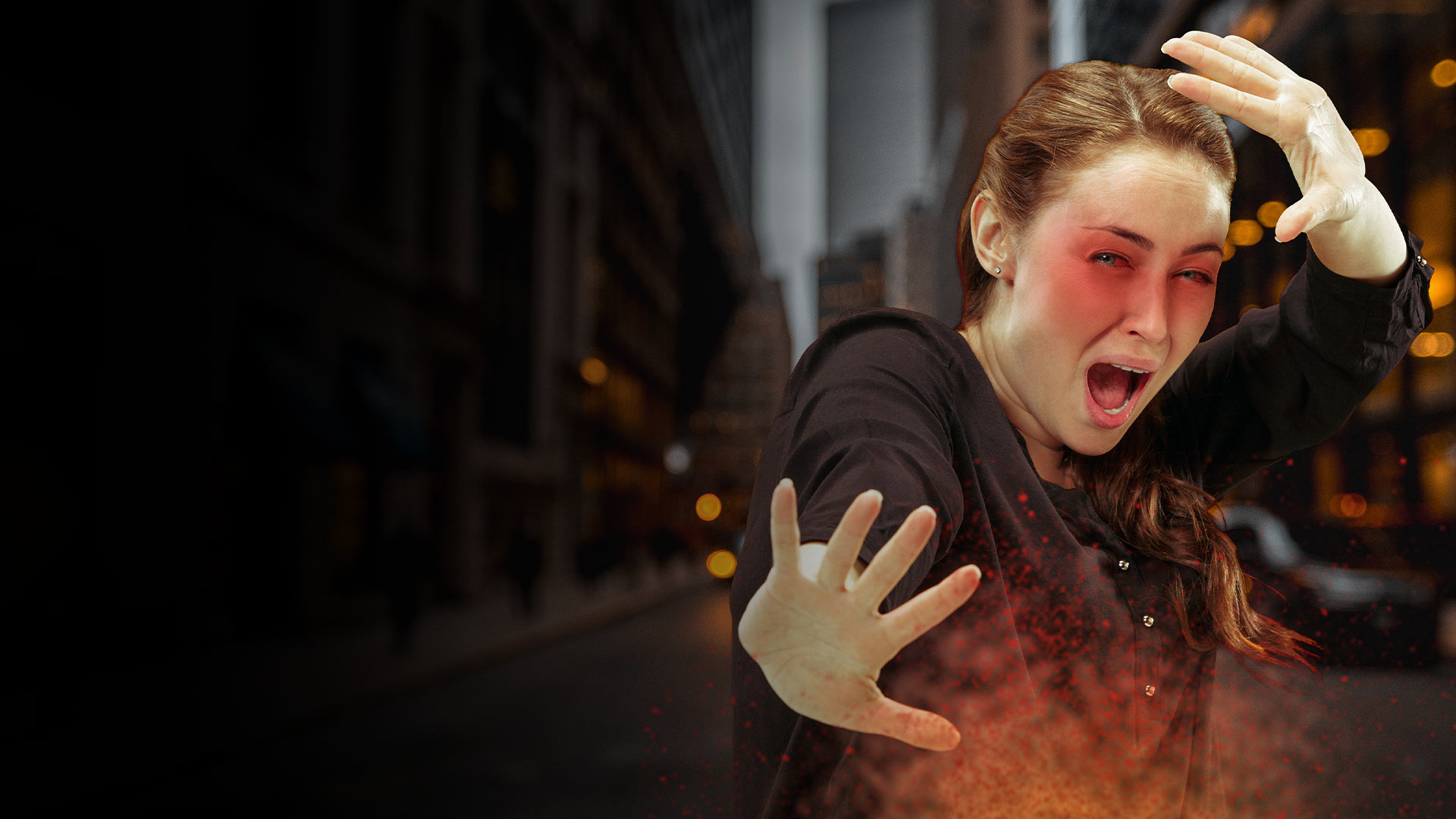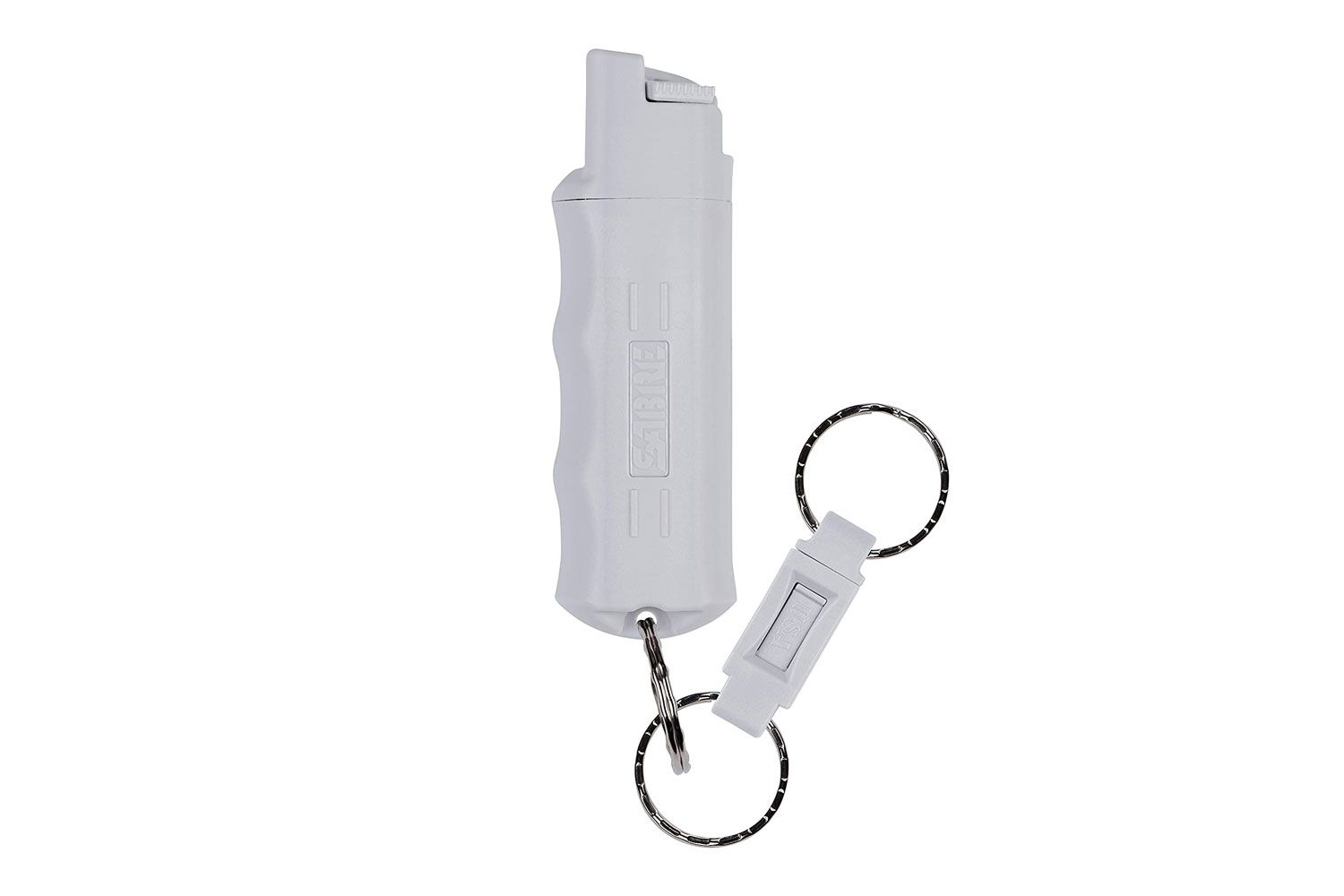Home>Home Security and Surveillance>How Many Scoville Units Are In Pepper Spray
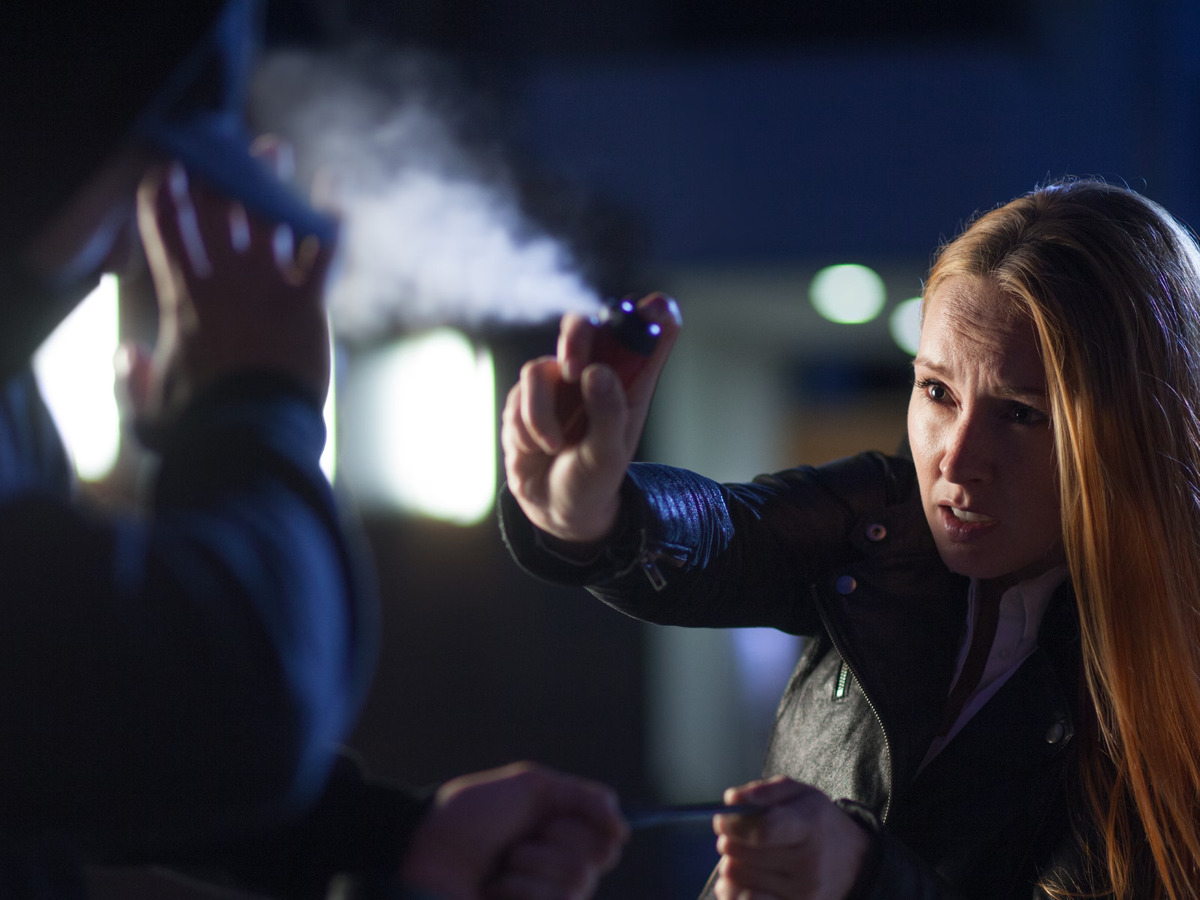

Home Security and Surveillance
How Many Scoville Units Are In Pepper Spray
Modified: March 6, 2024
Discover the Scoville units in pepper spray and ensure your home security and surveillance with our extensive range of products.
(Many of the links in this article redirect to a specific reviewed product. Your purchase of these products through affiliate links helps to generate commission for Storables.com, at no extra cost. Learn more)
Introduction
Welcome to the world of home security and surveillance. In today’s rapidly evolving society, it has become increasingly essential to ensure the safety of our homes and loved ones. From doorbell cameras to motion sensors, technological advancements have brought a wide array of security options right to our fingertips. One such tool that has gained popularity in recent years is pepper spray.
Pepper spray is a non-lethal self-defense weapon that has proven to be highly effective in deterring potential attackers. It is compact, easy to use, and can provide an added layer of security in a dangerous situation. Understanding the potency of pepper spray is crucial to making an informed decision about which product will best suit your needs.
In this article, we will demystify pepper spray by exploring the concept of Scoville Units, understanding how pepper spray is measured, and delving into the different Scoville Units found in various types of pepper sprays. By the end, you will have a clear understanding of the effectiveness and power of pepper spray and be better equipped to make an informed choice for your home security needs.
Key Takeaways:
- Pepper spray potency is measured in Scoville Units, indicating its effectiveness. Higher Scoville ratings mean more intense and longer-lasting effects on potential attackers, providing a crucial advantage for self-defense.
- Understanding Scoville Units helps choose the right pepper spray for personal safety. Consider potency, spray pattern, and local laws to ensure effective protection while staying informed and prepared.
Read more: How To Spray Pepper Spray
What are Scoville Units?
Scoville Units are a measurement scale used to quantify the heat or pungency of chili peppers and pepper-based products such as pepper spray. The scale was developed by pharmacist Wilbur Scoville in 1912 and is named after him.
The Scoville Heat Scale measures the concentration of capsaicin, the chemical compound responsible for the spicy sensation in peppers. Capsaicin stimulates nerve endings in the skin and mucous membranes, resulting in a burning or stinging sensation. The more capsaicin present in a pepper, the higher the Scoville rating.
At its core, the Scoville Heat Scale is a subjective test. Originally, it involved diluting a pepper extract in sugar water and having a panel of tasters sample it. The process continued until the heat was no longer detectable. The dilution ratio would then determine the pepper’s Scoville rating.
While this method provided a rough estimation of a pepper’s heat, it lacked consistency and accuracy. Today, the Scoville Heat Scale employs high-performance liquid chromatography (HPLC) to measure the exact concentration of capsaicinoids in a pepper. This method produces a more precise Scoville rating, resulting in a more reliable measure of heat.
On the Scoville Scale, pure capsaicin has the highest rating of 16 million Scoville Heat Units (SHU). At the other end of the scale, bell peppers have a rating of 0 SHU, indicating no noticeable heat.
Knowing the Scoville rating of pepper spray allows users to gauge the potency and effectiveness of the product. Higher Scoville ratings indicate a more intense and longer-lasting burning sensation when the pepper spray comes into contact with the eyes, nose, and skin of an assailant.
By understanding the Scoville Units, consumers can make an informed decision about the level of protection they desire from their pepper spray, choosing a product with a Scoville rating that aligns with their personal safety needs.
How is Pepper Spray Measured?
Pepper spray is measured using the Scoville Heat Scale, which quantifies the pungency or heat of chili peppers and pepper-based products. The Scoville rating measures the concentration of capsaicin, the active component responsible for the hot and spicy sensation. The higher the concentration of capsaicin, the higher the Scoville rating.
Pepper spray manufacturers determine the Scoville rating by analyzing the capsaicin content in their products. They extract the capsaicinoids from the peppers and measure their concentration through laboratory analysis, usually using high-performance liquid chromatography (HPLC).
The result of this analysis is represented in Scoville Heat Units (SHU), indicating the level of heat produced by the pepper spray. It is important to note that pepper spray can have varying Scoville ratings, from mild to extremely hot, depending on the concentration of capsaicin present in the formula.
When purchasing pepper spray, it is essential to consider the Scoville rating to determine the potency and effectiveness of the product. A higher Scoville rating indicates a more intense burning sensation when the spray comes into contact with the eyes, nose, and skin.
It’s important to be cautious with higher Scoville-rated pepper sprays, as they can cause significant discomfort and pain. However, higher Scoville ratings can also provide added protection and incapacitate an attacker more effectively.
In addition to measuring the Scoville rating, pepper spray products also indicate the percentage of capsaicin or Oleoresin Capsicum (OC) present in the spray. This percentage indicates the concentration of capsaicinoids in the formula, often ranging from 0.25% to 18%.
When selecting pepper spray, it is advisable to consider both the Scoville rating and the percentage of capsaicin in the formula. This ensures that you choose a pepper spray that aligns with your personal safety requirements and your ability to handle the effects of the spray.
Understanding how pepper spray is measured allows consumers to make informed decisions when selecting a product, ensuring they have an effective and suitable solution for their self-defense needs.
The Scoville scale measures the heat of peppers and pepper spray. Most pepper sprays range from 500,000 to 2 million Scoville units, so be cautious when handling.
Scoville Units in Different Types of Pepper Spray
Pepper spray comes in various formulations and concentrations, each offering different levels of potency and effectiveness. The Scoville Units in pepper spray can vary greatly depending on the specific product and brand. Let’s explore some common types of pepper spray and their corresponding Scoville ratings:
- Law Enforcement Grade Pepper Spray: This type of pepper spray is designed for use by law enforcement and security personnel. It typically has a higher Scoville rating, ranging from 500,000 to 2 million SHU. Law enforcement grade pepper sprays are formulated to quickly incapacitate assailants and provide maximum stopping power.
- Personal Defense Pepper Spray: Personal defense pepper sprays are commonly used by individuals for self-defense purposes. They have a wide range of Scoville ratings, usually between 500,000 to 1 million SHU. These pepper sprays are effective at deterring attackers by causing intense pain, temporary blindness, and respiratory distress.
- Animal Repellent Pepper Spray: Animal repellent sprays are specifically designed to ward off aggressive animals. They typically have a lower Scoville rating, ranging from 100,000 to 500,000 SHU. These sprays are effective in deterring animals without causing permanent harm.
- Practice Spray: Practice sprays are inert formulations used for training and familiarization purposes. They do not contain capsaicin and therefore have no Scoville rating. Practice sprays provide a safe way to practice using pepper spray without the risk of causing harm.
It’s important to note that the Scoville rating is not the only factor to consider when assessing the effectiveness of pepper spray. The concentration of capsaicin (OC percentage) and the spray pattern should also be taken into account. A higher concentration of capsaicin can result in a more powerful and longer-lasting effect.
Additionally, the spray pattern determines the range and coverage of the pepper spray. Some pepper sprays have a steady stream pattern, while others have a fog or cone pattern, allowing for a wider dispersal of the spray. The spray pattern affects the spray’s effectiveness in different scenarios, such as close-quarters combat or outdoor situations.
When selecting pepper spray, it is crucial to consider your specific needs and circumstances. Choosing the right type of pepper spray, with an appropriate Scoville rating and spray pattern, will ensure that you have a reliable and effective tool for personal safety and self-defense.
Effectiveness of Pepper Spray Based on Scoville Units
The effectiveness of pepper spray in deterring and incapacitating potential attackers is largely dependent on its Scoville rating, which represents the concentration of capsaicinoids in the spray. The higher the Scoville rating, the more intense and longer-lasting the effects of the pepper spray will be. Let’s explore the impact of Scoville Units on the effectiveness of pepper spray:
1. Efficacy: The primary purpose of pepper spray is to incapacitate an attacker temporarily, giving the user an opportunity to escape or seek help. Higher Scoville-rated pepper sprays tend to be more effective in achieving this goal. The intense burning sensation caused by the spray can render an attacker unable to focus on their actions, giving the victim a crucial advantage.
2. Pain and Discomfort: Pepper spray with a higher Scoville rating induces more intense pain and discomfort upon contact. The immediate effects include burning sensations, temporary loss of vision, difficulty in breathing, and severe irritation of the skin and mucous membranes. The greater the Scoville rating, the longer it takes for the effects to subside, allowing for a longer window of incapacitation.
3. Impact on Vision: When pepper spray comes into contact with the eyes, it causes severe temporary blindness. Higher Scoville-rated sprays are more likely to induce complete loss of vision or significantly impair an attacker’s ability to see clearly. This can disorient and disable the assailant, making it easier for the victim to escape or seek help.
4. Respiratory Distress: Pepper spray causes respiratory distress by irritating the airways, leading to coughing, choking, and difficulty breathing. The higher the Scoville rating, the more prolonged and severe the respiratory effects can be. This can further incapacitate an attacker and prevent them from pursuing their intended harm.
5. Psychological Deterrent: The knowledge that one is carrying a higher Scoville-rated pepper spray can act as a powerful psychological deterrent to potential attackers. The reputation of the spray’s potency can discourage individuals from engaging in harmful activities or approaching someone intending harm.
While higher Scoville-rated pepper sprays can provide greater effectiveness and potency, users must also consider their own ability to handle the spray’s effects. It is crucial to read and understand the product instructions and practice with inert sprays to become familiar with the sensation before using an actual pepper spray.
It is worth noting that pepper spray effectiveness may vary depending on certain factors such as the individual’s pain tolerance, the attacker’s size and physical condition, and the accuracy and precision of spraying.
To make an informed decision about the Scoville rating of pepper spray, consider your personal safety needs, local laws and regulations, and consult with professionals or experts in home security and self-defense.
Read more: How To Store Pepper Spray
Conclusion
Pepper spray is a valuable tool for personal safety and self-defense in today’s world. Understanding the Scoville Units associated with different types of pepper spray can help you make an informed decision about which product best suits your needs.
The Scoville Heat Scale provides a quantifiable measurement of the heat or pungency of pepper spray. Knowing the Scoville rating allows you to gauge the potency and effectiveness of the spray in incapacitating potential attackers.
Law enforcement grade pepper sprays typically have higher Scoville ratings, ranging from 500,000 to 2 million SHU, providing maximum stopping power. Personal defense sprays usually fall within the range of 500,000 to 1 million SHU, effective at deterring and incapacitating assailants. Animal repellent sprays have lower Scoville ratings, ranging from 100,000 to 500,000 SHU, to ward off aggressive animals without causing permanent harm.
The effectiveness of pepper spray goes beyond just the Scoville rating. Factors such as concentration of capsaicin, spray pattern, and individual circumstances also play a role in the spray’s efficacy. It’s essential to choose a pepper spray that aligns with your personal safety requirements and your ability to handle the effects of the spray.
Pepper spray with higher Scoville ratings induces more intense pain, temporary blindness, respiratory distress, and longer-lasting effects. This can incapacitate attackers and provide a crucial window for escape or seeking help.
Remember to educate yourself about local laws and regulations regarding the use and possession of pepper spray. Familiarize yourself with the product instructions, practice with inert sprays, and consult with professionals or experts in home security and self-defense to ensure you are properly equipped to handle potential threats.
Pepper spray with the appropriate Scoville rating, used responsibly and with a clear understanding of its effects, can be a valuable tool in protecting yourself and your loved ones. Stay informed, stay prepared, and stay safe in the ever-evolving world of home security and surveillance.
Frequently Asked Questions about How Many Scoville Units Are In Pepper Spray
Was this page helpful?
At Storables.com, we guarantee accurate and reliable information. Our content, validated by Expert Board Contributors, is crafted following stringent Editorial Policies. We're committed to providing you with well-researched, expert-backed insights for all your informational needs.
